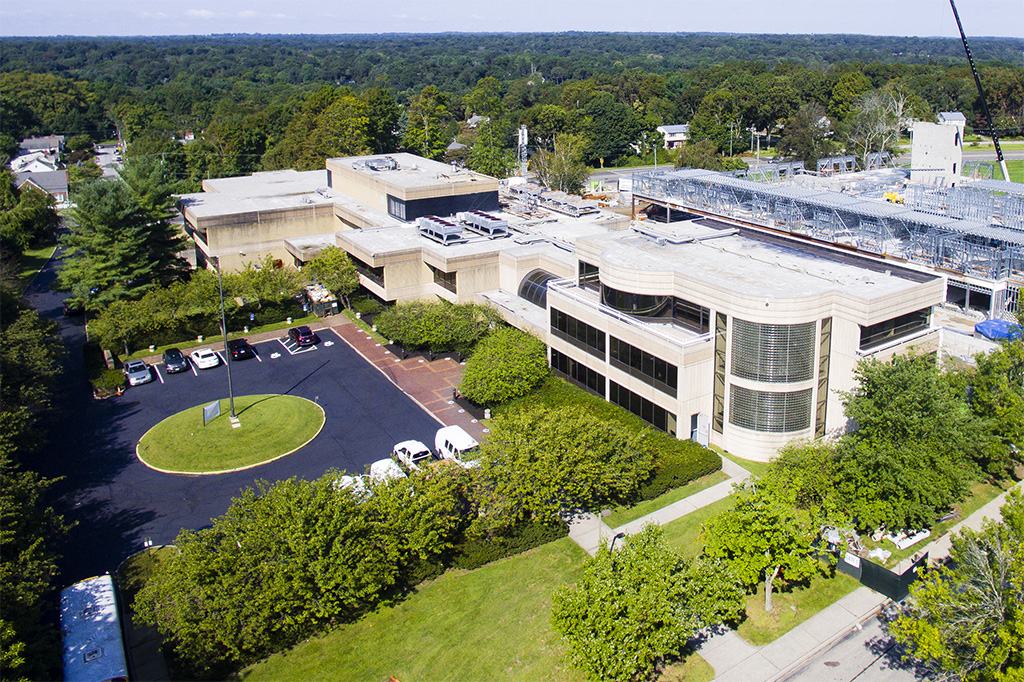
There are many different types of schools that serve students with particular educational needs. First, there are public schools, which serve special education students within their district in the home elementary, middle, or high school that is determined by that student’s residence. Public schools in one school district can also serve special education students from another school district, should that be deemed an appropriate placement by the IEP team. Then there are independent special education schools. These schools can be day schools or boarding schools, and they serve students with a particular learning disability. That disability could be dyslexia, or autism, or a language-based learning disorder. These independent schools are called independent or private because they are not directly funded by the government (local, state, or federal) and they are funded through tuition or donations or some combination of both. Independent schools – special education or otherwise – can be nonprofit, for-profit, or religious/parochial, but they all generally charge a tuition fee for a student’s attendance. And finally, in Connecticut, private special education schools can be state approved (approved private special education program, or APSEP) or non-state approved. The main difference between the two is that your student can be directly placed into an APSEP in your IEP meeting with team agreement; a placement at a non-approved special education school cannot be done in an IEP meeting and generally requires mediation or due process. For more on approved versus nonapproved special education schools, please see our December 2nd webinar on this very topic.
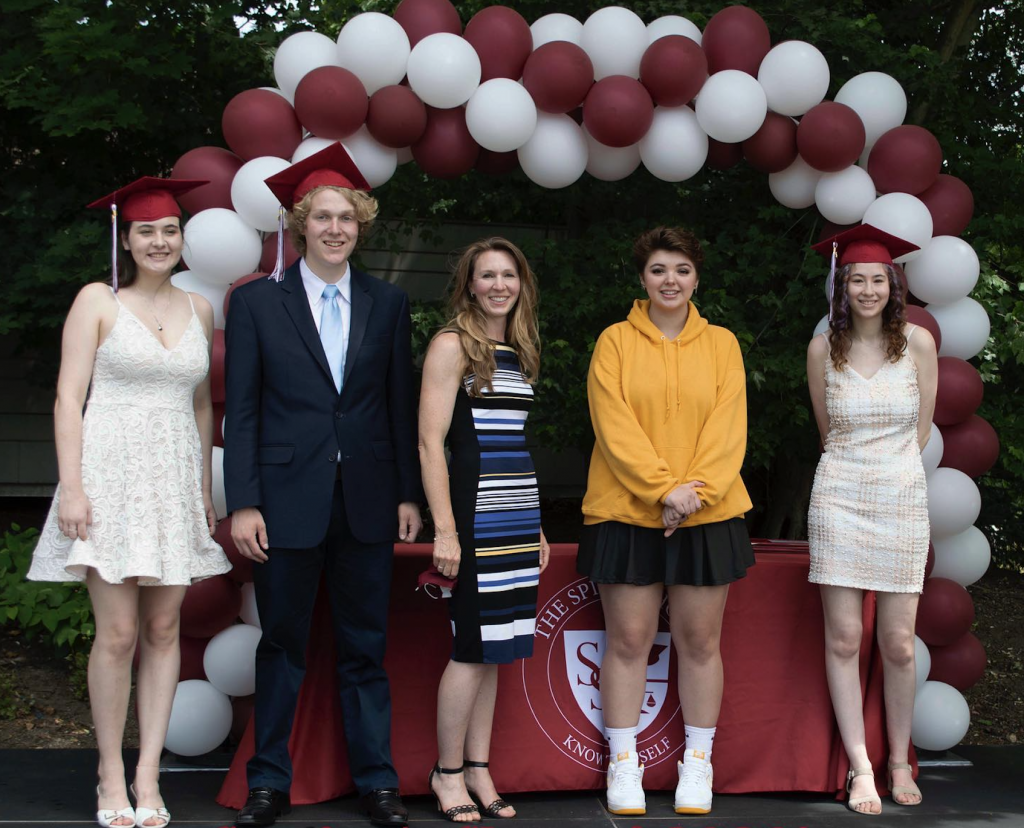
Got all that? And then there are therapeutic schools. To be honest, I didn’t know much about therapeutic schools when my family and I started our special education journey, and I didn’t know much about them when I started S.E.L.F. in 2018. What makes a therapeutic school therapeutic? How does it differ from a “regular” special education school? What does a therapeutic school offer, in terms of services and support, that is different from what’s available in a district school or even another special education school? What is the difference between a day therapeutic school and a boarding therapeutic school? And, most importantly, how can I as a parent determine if a therapeutic school is necessary for my child?
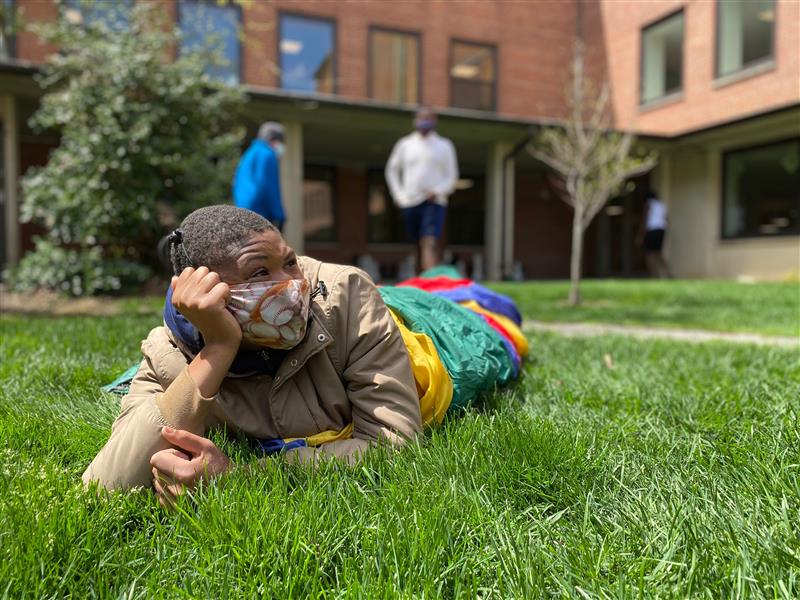
S.E.L.F. recently hosted a webinar to answer most, if not all, of these questions, featuring representatives from the Glenholme School, Shrub Oak International School, and the Spire School, as well as special education attorney (and mom) Dana Jonson from Dana Jonson Law and the nationally known podcast Special Ed on Special Ed. We were pleased to welcome Julie Smallwood, Director of Admissions for the Glenholme School, a therapeutic boarding school in Washington, Connecticut serving students ages 10-21 with social, emotional, and academic needs. We also welcomed Dr. Tammy Moscrip from the Spire School in Stamford, Connecticut; Spire is a state-approved (APSEP) private therapeutic day school for college-bound students in grades 6-12 with supports focused on supporting students’ academic potential while helping them overcome social and emotional difficulties. And our final representative on the school side was Lauren Koffler from Shrub Oak International School in Mohegan Lake, New York. Shrub Oak is a private coeducational therapeutic day and boarding school for students ages 8-30 on the autism spectrum who face complex learning challenges and have high – because of medical or behavioral reasons – attention needs. And attorney Dana Jonson was our last (but not least) panel participant, whose background as a special education attorney, former special education teacher and administrator, and most importantly mother of multiple children with specific educational needs made her an incredibly valuable participant in our discussion.
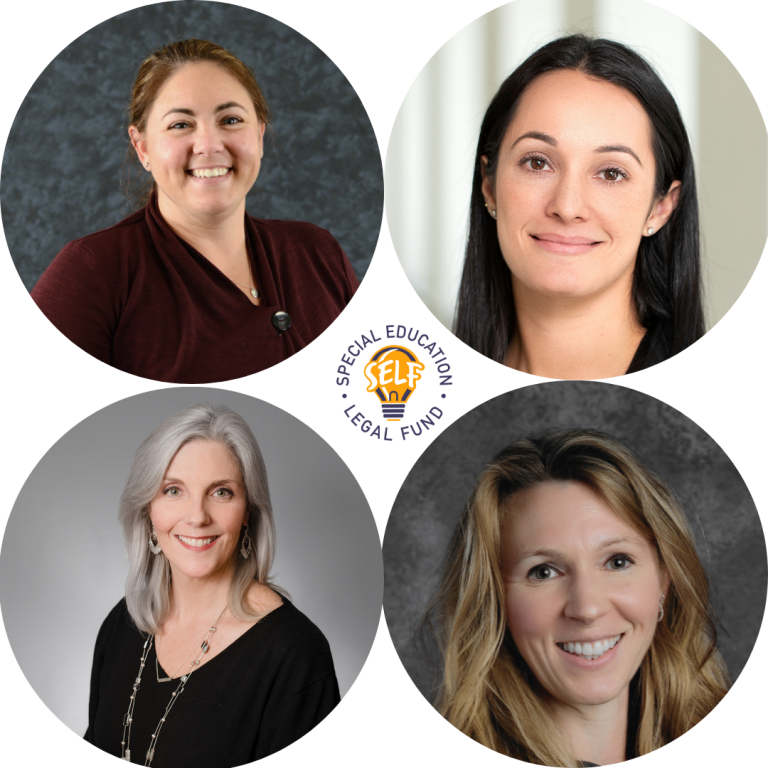
Really the question that I wanted to answer for families, with the help of our panelists, was what makes a therapeutic school therapeutic, and how is a therapeutic school different from a “regular” special education school like Eagle Hill, or Winston Prep? I have often heard parents over the years talk about Eagle Hill or Winston or Windward or Villa Maria as therapeutic schools and not known exactly how to clarify the difference. According to our panelists, the answer really lies in one word: “CLINICAL.” Therapeutic special education schools provide clinical services to students who need to change either maladaptive feelings, behaviors, or both. “Regular” special education schools provide educational supports and services to students who fit a particular learning profile – like dyslexia. Those students might have some maladaptive feelings or behaviors but generally they are a result of the core learning disorder and a result of not receiving the appropriate support for that core learning disorder. Some therapeutic special education schools like Shrub Oak are tailored to serve a specific learning profile – in their case autism spectrum disorder – but most deal with learning disabilities in a secondary manner.
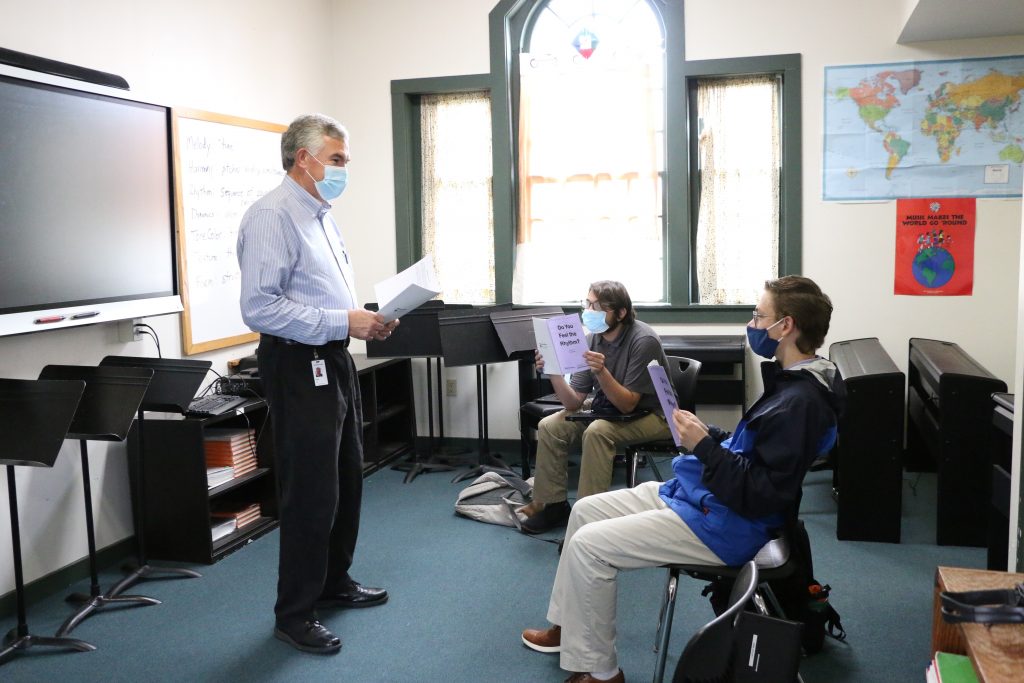
Therapeutic schools, as opposed to special education schools, tend to offer students individualized programs that have counseling support at the heart of the interventions. A child in need of a therapeutic placement may be depressed, anxious, avoiding school, acting out, or all of those things at once. Often the first sign that a child may need an educational placement ‘beyond’ what’s available at his, hers, or their public school is school avoidance or refusal. Also, and even more importantly, the child may have a documented learning disability, or may not – their maladaptive feelings or behaviors may be a result of something non-learning related, a traumatic event, or a social situation at school. A child may never had had any learning issues or any type of academic-related school difficulty, but may still need a therapeutic school due to social or emotional concerns.
Understanding special education, special education laws, and special education schools can be difficult. And every school – whether therapeutic, residential, day, special education, or something in between – caters to a certain type of student with very individualized needs and a specific profile. If you are interested in a better and deeper exploration of therapeutic schools, outplacement to therapeutic schools, and the ways in which they can help support students in need, please watch the recording of our webinar titled “Getting Past the Sticker Shock: Therapeutic Special Education Schools.”
This article is a summary and review of our February 2nd webinar “Getting Past the Sticker Shock: Therapeutic Special Education Schools.” The webinar featured representatives from Connecticut and New York therapeutic special education schools representing day and boarding school viewpoints including The Glenholme School (Julie Smallwood), The Spire School (Dr. Tammy Moscrip), and Shrub Oak International School (Lauren Koffler) as well as special education attorney Dana Jonson (The Law Offices of Dana Jonson) and moderator Christine Lai from S.E.L.F. A recording of the webinar is included at the end of this article.